Nationality Canadian Role Visual Artist Name Dina Goldstein | Website www.dinagoldstein.com Known for Photography | |
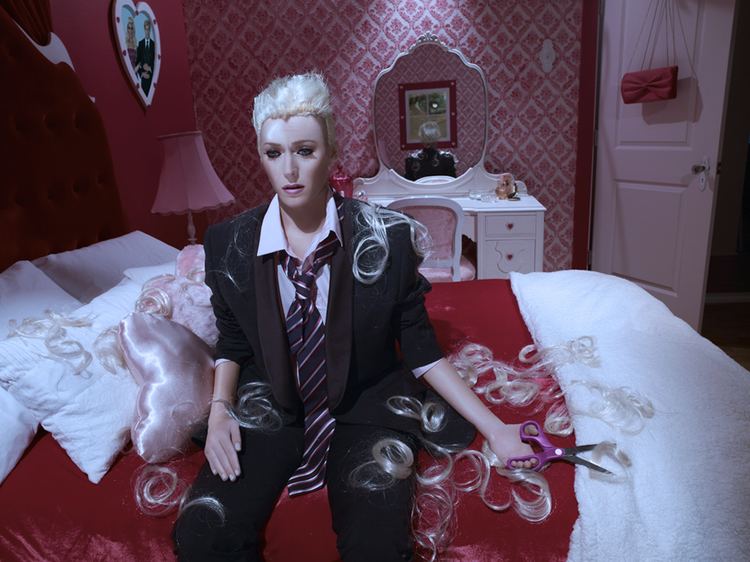 | ||
Notable work Fallen Princesses, In The Dollhouse, Gods Of Suburbia Awards Grand winner Prix Virginia 2014 Profiles | ||
About dina goldstein
Dina Goldstein (born 1969) is a visual artist based in Vancouver, British Columbia, Canada. She is a photographer and pop surrealist with a background in documentary photography. Goldstein creates tableau with a nuanced visual language that places the mundane and everyday in unusual settings to inspire insight into the human condition. She is most known for her series "Fallen Princesses", created in 2007, which depicts humanized Disney Princesses placed in realistic, modern scenarios. The series envisions how the lives of these famous characters would have played out in the real world, and touches on such everyday scourges as poverty, obesity, cancer and pollution. Goldstein was awarded the Arte Laguna special prize in 2012. In 2014, Goldstein won the grand prize at Prix Virginia; her work was exhibited in Paris, France.
Contents
- About dina goldstein
- Dina Goldstein on CTVmp4
- Early life and education
- Photography
- Fallen Princesses 2009
- In the Dollhouse 2012
- Gods of Suburbia 2014
- Modern Girl 2016
- Awards
- Solo and group exhibitions
- Personal life
- References
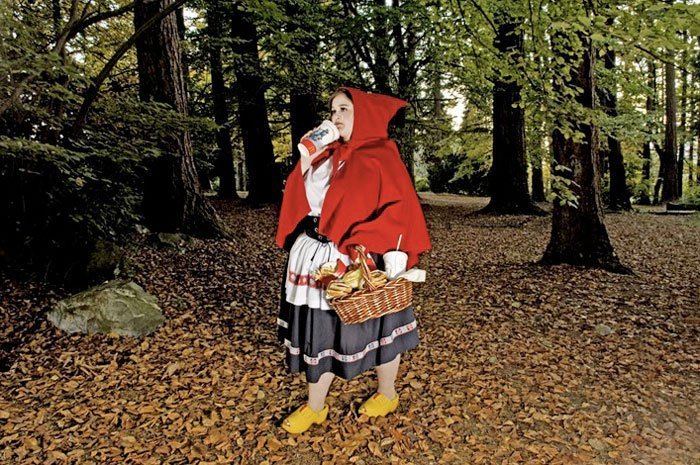
Dina Goldstein on CTV.mp4
Early life and education
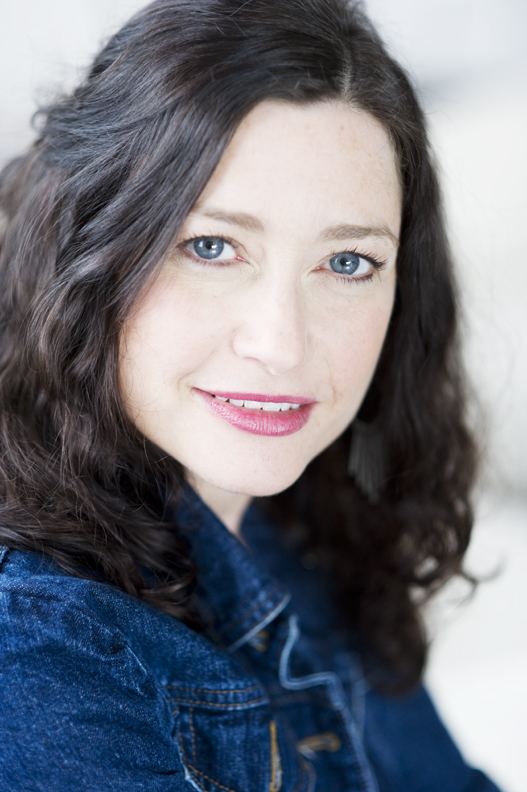
Goldstein was born in Tel Aviv, Israel, and in 1976 emigrated to Canada. Goldstein studied art history and photography at Langara college in Vancouver, B.C., and completed her studies in 1993.
Photography
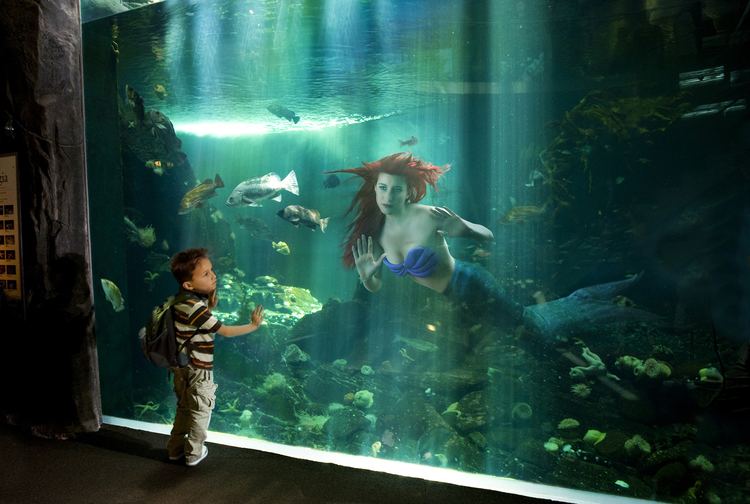
Goldstein's career in photography started with photojournalism and documentary work (1993–2000), she went on to photograph editorial and commissioned work for magazines and advertising agencies (2000–2009). Her first public exhibition was Images of Gaza (2001), a series of black and white portraits of people living in the West Bank and Gaza.
'Fallen Princesses' (2009)
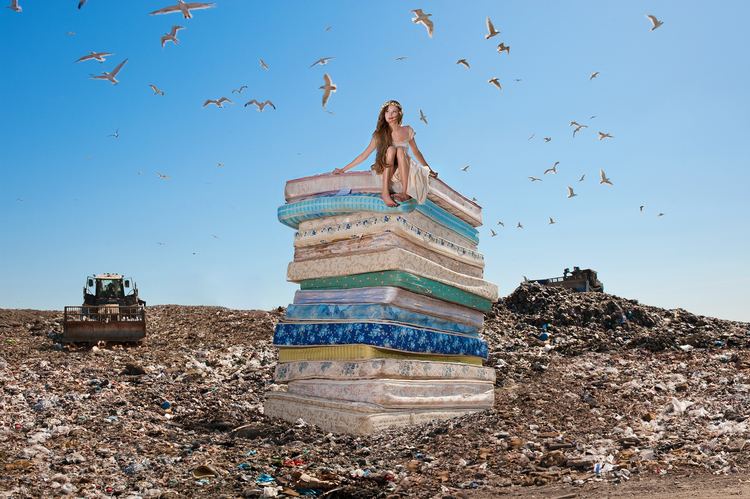
Goldstein's first large scale tableau series Fallen Princesses debuted publicly in 2009. The series was exhibited in numerous galleries, at group show at BYU Museum of Art, and in the Musée De La Femme in Quebec, Canada in 2013.
The series consists of 10 photographs depicting Disney Princesses and other Fairy Tale characters placed within a modern environment. The work examines elements of the human condition and creates metaphor out of the myths of fairy tales, forcing the viewer to contemplate real life: failed dreams, the fallacy of chasing eternal youth, obesity, Cancer, the extinction of indigenous cultures, pollution, ocean degradation and war. By embracing the textures and colors created by Walt Disney, which built a multibillion-dollar empire exploiting these fairy tales, the work questions the notion of the idealistic ' Happily Ever After' motif, composed by Disney, and spoon fed to children throughout the world.
'In the Dollhouse' (2012)
In a series of large-format photographic tableaus, Goldstein creates a storyline for the Barbie and Ken dolls, using real-life models. Trapped in a loveless marriage, Ken struggles with his sexuality.Using sequential story-telling, Goldstein creates a bright, plastic, pop-surrealist narrative. "The series unfolds a tragicomic tale of the perils of being plastic and the potential for salvation through authenticity. Barbie gets the short end of that stick – in Goldstein’s telling of her story, she endures psychological dysfunction, an emotional breakdown, a really bad haircut and, ultimately, decapitation. Ken finds his authenticity and finally realizes true happiness".
'Gods of Suburbia' (2014)
"Gods of Suburbia is Goldstein’s third large-scale project. The work is a visual analysis of religious faith within the context of the modern forces of technology, science and secularism. The series plays with narrative and religious iconography in order to communicate how organized belief has become twisted within a global framework driven by consumerism and greed"
By constructing a cosmetic reality, one that mirrors our own, Goldstein doesn't evade discussion, but rather creates it. In doing so, Gods and deities, believed to be too sacred for criticism, are personified and whose religious practices contradict their dogma".
'Modern Girl' (2016)
Modern Girl 2016, Inspired by Chinese advertising posters of the 1930s, Modern Girl examines identity, gender roles, diasporic cultures, and consumerism. By re-imagining iconic Chinese advertisements to critique the beauty, health and wellness industries, Modern Girl investigates how traditional gender roles, and individualistic consumer values have constructed and used women’s bodies to market and sell products. According to Goldstein, the visual source inspiration of 1930’s Chinese advertising posters is central in capturing the tensions of past traditions and the push for modernity: “The breaking away from filial tradition in this era saw the emergence of Asian women coming into their individuality,” says Goldstein. “At the same time, modern gender roles and expectations opened the door to exploit the female form for marketing and advertising campaigns."
Awards
Solo and group exhibitions
2017
2016
2015
2014
2010
2005
2004
2003
2001
Personal life
Goldstein lives in East Vancouver with her filmmaker husband, Jonas Quastel. She two daughters, Jordan and Zoe.
